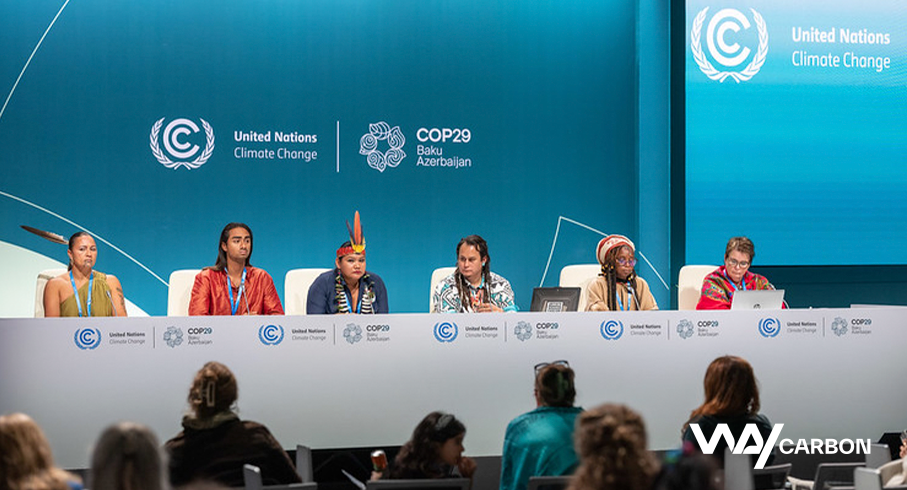How is Santander addressing financed emissions from agribusiness?
A large part of the greenhouse gas emissions of financial institutions are indirect. In the case of Santander Brazil, a significant part of these emissions comes from the agricultural portfolio. In this context, the bank has the challenge of aligning this sector’s portfolio with its commitment to achieve Net-Zero by 2050. To understand how to quantify the emissions financed from the agricultural portfolio the organization sought the expert support of WayCarbon.
To achieve this goal, the bank had three main challenges: i) farming involves a complex and extensive value chain, with varying sources, types and quantities of emissions; ii) methodologies for measuring emissions are still under development; and iii) farming practices vary according to the commodity, management techniques, geographical location, among other factors.
To quantify the emissions financed from the agricultural portfolio, WayCarbon and Santander developed an innovative methodology, based on standards such as the Partnership for Carbon Accounting Financials (PCAF) and the GHG Protocol Land Sector and Removals Guidance. The work used data from operations made available by the financial institution and national public information on the sector’s emissions.
The data was classified according to a quality scale and each operation financed received a score. “The score is one of the indicators that can be monitored and improved year on year as new better-quality data becomes available”, explains Henrique Pereira, WayCarbon COO. As a result, it was found that 81.9% of the bank’s portfolio emissions are related to agricultural management, 18% to changes in land use and less than 1% to energy consumption on financed properties.
The work resulted in greater visibility of the bank’s portfolio emissions, providing robustness and security to direct the actions needed to reduce emissions. In addition, the insights generated by the study facilitate the incorporation of the climate agenda as a business variable for Santander, which will be able to direct greater financial volumes towards the climate transition.
What are financed emissions?
Like other industries, banks, insurance companies and other financial institutions emit greenhouse gases. The direct emissions, which are under their control, result from their operations and the consumption of electricity in their offices and branches. Financial institutions are also indirectly responsible for the emissions that occur in their value chain.
Among indirect emissions, the most relevant for the financial sector are emissions from the assets in their portfolios, which are partly made possible through loans, investments and other services. Therefore, if a bank grants credit to a company, activity or project that generates GHG emissions it is co-responsible for the emissions associated with this activity. In other words, for the financed emissions.
Get in touch with our experts and understand the best strategy for decarbonizing agro portfolios.
 EN
EN  ES
ES PT
PT


